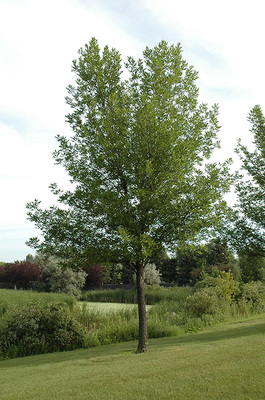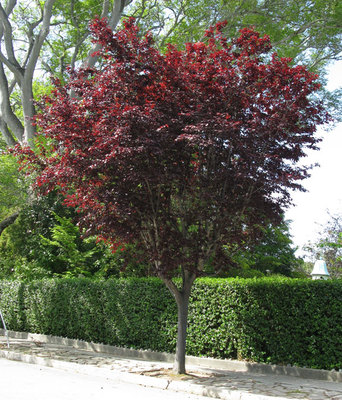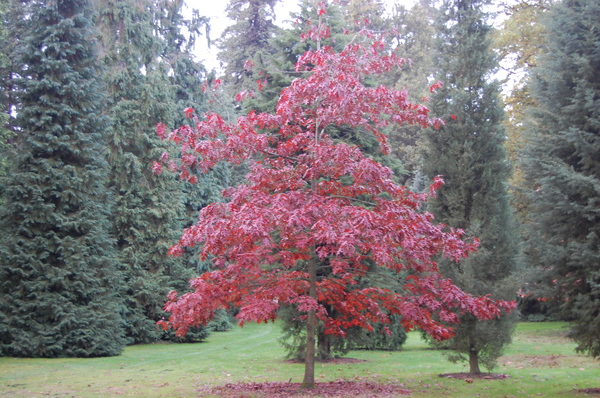The Southern Downs Regional Council is undertaking public consultation on the replacement of street trees on Grafton Street in Warwick. The options are to create more parking spaces, or replace the former London Plane trees with more suitable species. We asked our ever-popular gardening columnist BEATRICE HAWKINS to do a little research into the three species being considered so readers can make an informed decision …
1. Ash Tree: Fraxinus pennsylvanica lednaw. The ash in many forms is native to all of North America. This particular variety is a narrow growing tree to 10 metres high and five metres wide. The size is estimated at 20 years old and it is regarded as a moderately fast growing variety. It has lustrous green leaves that hold well during summer and turn a good yellow in autumn.
It is reportedly very tough once established and useful in urban situations, high winds and tolerant of low levels of drought. It performs best in well drained, moist soils in full sun.
They have been planted as an “Avenue of Honour” in Ballarat in Victoria and appear to be doing well. I would venture that the climate in Ballarat is very different to Warwick.
2. Ornamental Plum Tree: Prunus Cerasifera. This is a species known as a cherry plum. It is native to the British Isles, Europe and SW Asia. The council hasn’t specified whether the green or purple leaved variety is to be considered.
It grows to six metres tall and two metres wide, preferring moist well-drained soil and full sun and once again, described as a moderate grower. As it has a columnar growth habit, it would not take up much space but would not give much shade as a street tree.
It has been widely planted as a garden and street tree in temperate areas of Australia. They are a deciduous large shrub to small tree with pleasant flowers and fruit. Because of the fruit, they have become a pest in many areas when birds and animals distribute the seeds. It is my opinion that this fruit would also present a staining problem to cars parked near them. It is regarded as an environmental weed in Victoria, SA, ACT and NSW.
3. Scarlet Oak: Quercus Coccinea. This is a tree that is grown widely in cooler areas with distinct seasons for its beautiful colour. It is a large tree to 12 metres high and eight metres wide, and once again has a moderate growth rate.
It tolerates pollution, moderately wet soils, clay and quite dry sandy soils, but prefers a deep, fertile, acidic soil that is moist but well drained. It is quite hard to transplant but tough when established.
None of these trees are native or evergreen so a continuing problem with leaves in shop guttering and town gutters would exist.
There is a species of ash that is evergreen, fraxinus Griffithii, also known as Himalayan Ash. It is commonly grown as a street tree especially in warmer areas. It is popular because of its low growing habit, i.e. it does not interfere with overhead powerlines.
It is similar, and often confused with, the desert ash but is evergreen. It is my recollection that the desert ash was grown as shade trees in the Tamworth sheep yards with great success.
Perhaps with the supposed economic boom we are constantly hearing of in Warwick, parking spaces are the best option!
Residents can have their say on the options for Grafton Street online by visiting www.surveymonkey.com/r/6265LG7
or send a written submission to “Replacement of Grafton Street Trees”, Southern Downs Regional Council, PO Box 26, Warwick Qld 4370, or hand delivered to one of Council’s Community Contact Centres.
The survey and written submissions close on Monday 27 March 2017.









